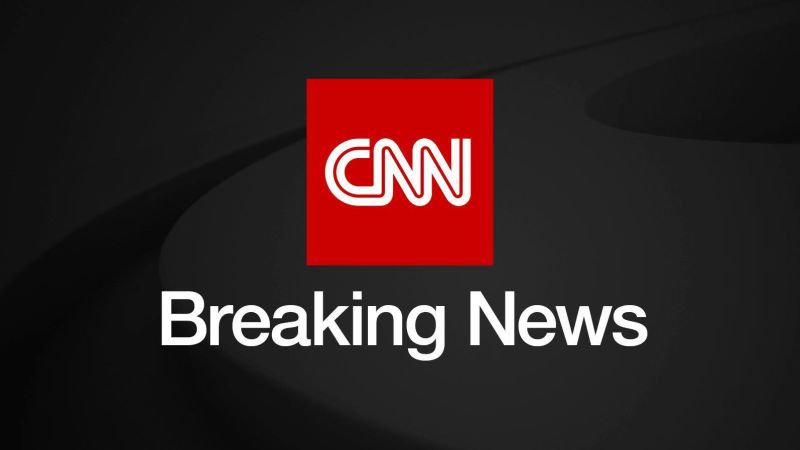In an eagerly anticipated announcement, President Donald Trump has teased a significant trade deal that is set to be unveiled on Thursday. This announcement comes amid ongoing discussions surrounding high tariffs that have the potential to inflict severe damage not only on the United States economy but also on the global market. Trump’s remarks suggest a possible easing of these tariffs, which have been a contentious point in his administration’s trade policies.
On the social media platform Truth Social, Trump excitedly shared details about the upcoming trade conference scheduled for 10:00 A.M. in the Oval Office. “Big News Conference tomorrow morning at 10:00 A.M., The Oval Office, concerning a MAJOR TRADE DEAL WITH REPRESENTATIVES OF A BIG, AND HIGHLY RESPECTED, COUNTRY. THE FIRST OF MANY!!!” he proclaimed. This statement has generated considerable speculation about which country might be involved in these negotiations, as the administration has indicated that it is engaging in active discussions with several nations, including India, the United Kingdom, South Korea, and Japan.
Despite the assertion from Trump’s administration that negotiations are progressing with more than a dozen countries, specifics about these potential deals remain elusive. In recent weeks, administration officials have been optimistic about reaching agreements, yet no formal trade deals have materialized to date. Trump has consistently asserted that he is in no hurry to finalize any agreements, arguing that for too long, countries have taken advantage of trade with the United States. The high tariffs currently imposed, he claims, are intended to achieve a more balanced trade situation.
However, the complexity of international trade agreements cannot be overstated. While there has been much talk of advanced negotiations, the reality is that trade deals require extensive deliberation and can often take years to conclude. Such agreements are typically intricate, involving not only the details of various goods but also non-tariff barriers and significant political considerations that aim to safeguard the interests of voters with special concerns. The dynamics at play within international trade negotiations suggest that these discussions are far more complicated than the administration’s rhetoric may imply.
The deal that Trump is hinting at seems to be more of a memorandum of understanding rather than a comprehensive trade agreement. This may mean the possibility of reducing tariffs on goods from a particular country, but any substantial economic impact is likely to take time to materialize. Importantly, the trade landscape involves numerous nations, and the new “reciprocal” tariffs that went into effect on April 7—a move that was paused for 90 days shortly thereafter—implicate many countries. With hundreds more facing the universal 10% tariff, it’s ambitious, if not unrealistic, for the administration to expect to finalize arrangements with all these nations by the upcoming July 8 deadline.
Jacob Jensen, a trade policy analyst from the American Action Forum, expressed skepticism regarding the short window for trade discussions. “The 90-day tariff pause, which is now roughly 25% over, provides little time for the typical back-and-forth trade discussions that require months if not years to craft a trade deal,” he noted. Jensen elaborated on the importance of distinguishing between formal trade agreements and verbal commitments, emphasizing that genuine trade agreements carry long-term economic implications, while informal discussions could be easily disregarded.
Compounding the situation is Trump’s earlier statement indicating that he will not extend the tariffs beyond their current deadline. He has hinted at potentially reinstating some tariffs on countries that do not reach an agreement, underscoring the urgency of the situation. Jensen further stated, “It will be difficult for the US trade representative to negotiate potentially 100 separate trade agreements within 90 days,” raising critical questions about the administration’s capacity to manage such a monumental task in a limited timeframe.
Even if the administration successfully finalizes agreements with various countries, doubts linger about Trump’s commitment to upholding them. During his first term, he was instrumental in negotiating the USMCA free trade agreement with Canada and Mexico but subsequently shifted his approach, reintroducing 25% tariffs on certain goods from these nations. This erratic strategy has left many wondering about the future of international trade relations under his leadership.
In summary, while the announcement regarding a potential trade deal generates excitement and speculation, the complexities of international trade agreements and the realities of the current geopolitical landscape indicate that any immediate economic relief may be limited. As this is an evolving story, further updates are expected.



